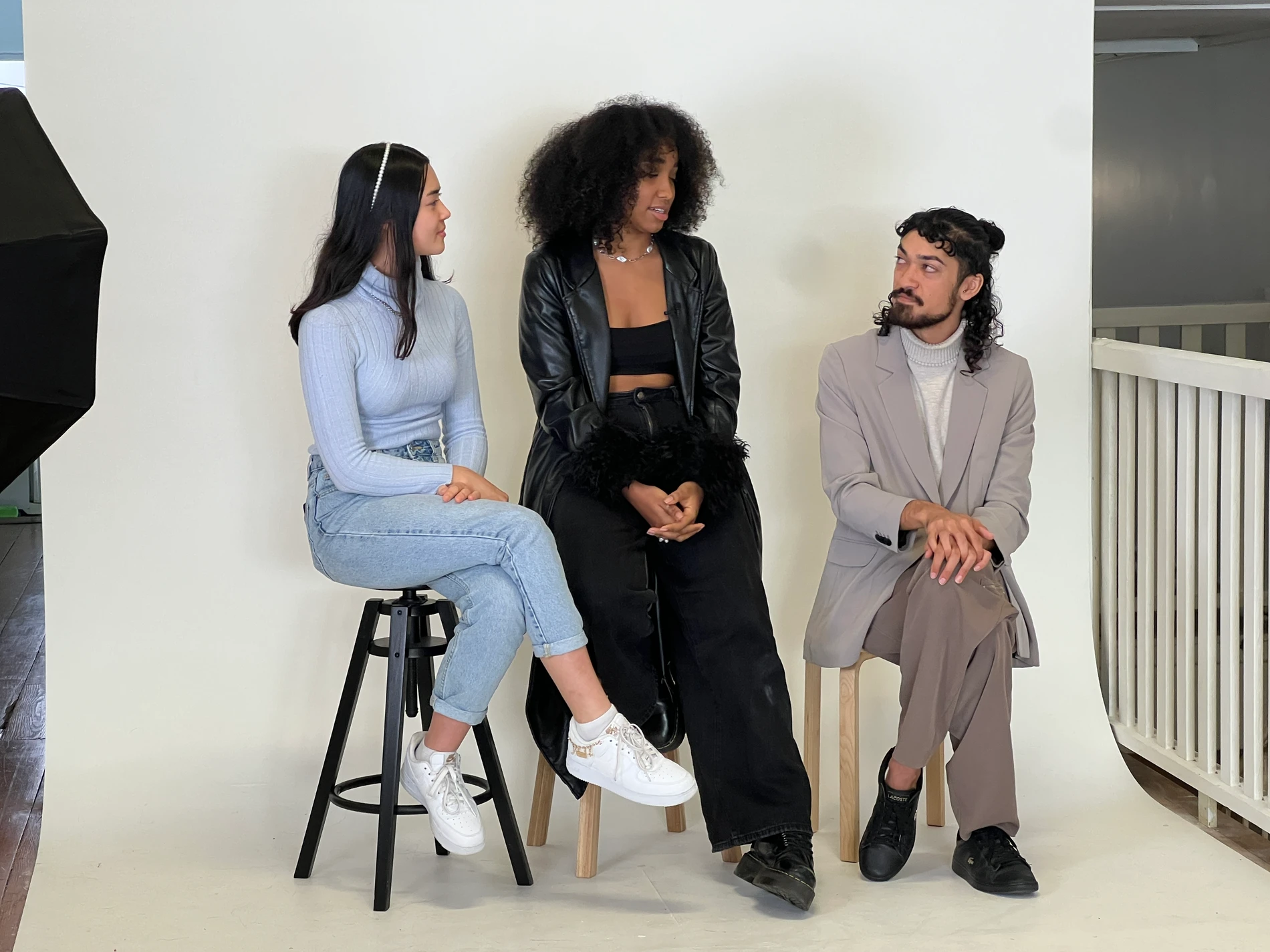BIPOC Arts Australia

Representation in the arts isn’t just about visibility, it’s about ownership, leadership, and building spaces where BIPOC artists can thrive on their own terms. In our latest Platform Series, we chat with Alyson Joyce (AJ), founder of BIPOC Arts Australia, about driving structural change through visibility, opportunity, and community.
From launching national initiatives that champion marginalised voices to opening MUSE, a new creative hub for collaboration and change, AJ shares how frustration turned into action and how that action is reshaping the landscape for BIPOC artists across Australia.
Can you tell us a bit about yourself and your journey in founding BIPOC Arts Australia?
I’ve always been someone who can’t sit still when I see a gap that needs filling. Growing up in Papua New Guinea and later working across Australia’s arts and business sectors, I noticed the same thing over and over, our stories, our people, weren’t centred. Founding BIPOC Arts Australia wasn’t so much a choice as it was a necessity. It came from that mix of frustration and love, the frustration of watching too many incredible artists get overlooked, and the love of knowing what happens when our voices are actually heard.
What is BIPOC Arts, and what gap does it aim to fill in the sector?
Think of BIPOC Arts as the megaphone for voices that have been politely asked to “wait their turn” for far too long. The arts industry has historically leaned heavily towards Eurocentric narratives, and while things are shifting, there’s still a long way to go. We’re here to create visibility, access, and opportunity for artists who are too often tokenised or side-lined. It’s not about asking for a seat at the table. It’s about building a new table altogether, one where everyone eats.

Image: Scenes From A Yellow Peril | By Nathan Joe | Presented by The Reaction Theory with BIPOC Arts Australia | Photo: Nathaniel Knight
What challenges do BIPOC artists commonly face in the industry?
Where do we start? The usual suspects: underrepresentation, underfunding, and being put into neat little boxes. Often BIPOC artists are expected to only create work about their cultural identity, as if that’s their entire being. On top of that, there’s systemic gatekeeping - networks, funding bodies, and decision-makers - who don’t reflect the communities we come from. It’s exhausting constantly being the “diversity pick” rather than just being recognised for your artistry.
What kinds of support would you like to see more of for marginalised artists?
Sustained investment, not one-off “diversity projects.” Real mentorship, pathways into leadership, and funding models that actually account for the realities of our communities. Also, a shift in mindset: stop seeing us as “emerging” artists forever, we’re established, we’re experts, we’re leaders. The best support is long-term belief, not short-term charity.
You have recently launched an exciting new creative space named MUSE, can you tell us more about it?
MUSE is my love letter to the creative community. It’s part photography studio, part podcast hub, part event space, basically, a blank canvas for artists to dream, make, and connect. We also have a dedicated actors self tape and workshop studio run by incredible local actor Thomas Larkin.
I wanted to build a place that felt welcoming, accessible, and alive with possibility. But more than that, I wanted BIPOC artists to see what it looks like when we own spaces, spaces that are beautiful, elevated, intentional, and built for us, by us.

Image: MUSE Creative Studio | Meanjin / Brisbane, QLD | Photo: Naz Mulla
What kinds of artists or projects do you hope to see at MUSE?
Honestly? Everything from the wild and experimental to the deeply personal. I want to see BIPOC artists feeling free to take up space, theatre makers running lines, podcasters finding their voice, visual artists bringing colour to the walls, and musicians writing magic at midnight. MUSE is for the dreamers, the risk-takers, the storytellers, and for anyone who’s ever wanted a safe space to create.
How can artists get involved with MUSE?
It’s as simple as reaching out. Follow us on Instagram @muse._studio._ and visit our website muse-studio.com.au We’ve got hire options with BIPOC rates, loyalty programs, collaborations, and we’re always open to creative partnerships. If you’ve got an idea and don’t know where to put it, come and chat. Chances are, we’ll find a way to make it happen.

Image: MUSE Creative Studio | Photo: Alyson Joyce
How can people connect with and support your work?
Follow, share, show up. Support can look like booking the space, funding programs, or just being part of the conversation. For BIPOC Arts, it’s about amplifying the work of our artists, coming to shows, and spreading the word. And if you’re in a position of influence, use that influence to open doors. Sometimes the biggest support is simply believing in us without asking us to prove our worth over and over again.
→ Visit bipocarts.com.au / muse-studio.com.au
→ Follow @bipoc_arts_australia / @muse._studio._


